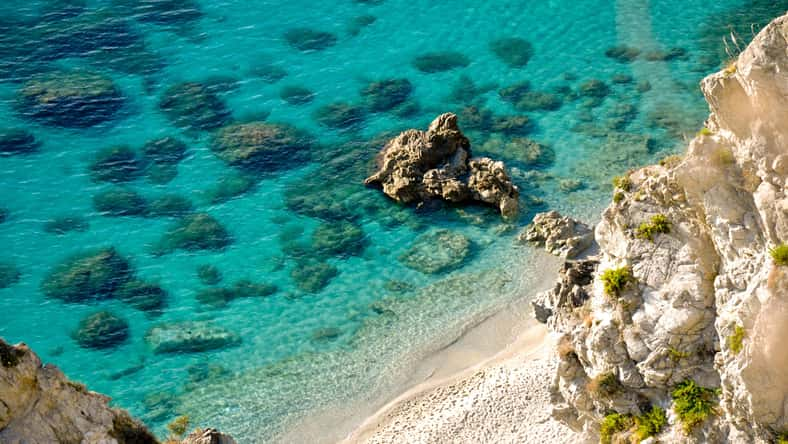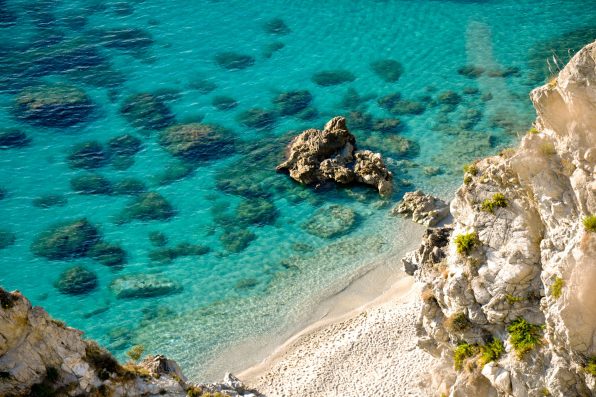Only Found In Southeastern Tasmania, The Red Handfish Is The Rarest Fish In The World And Actually Propels Itself Across The Ocean Floor As Opposed To Swimming

The rarest fish in the world is the red handfish, a species that uses their “hands” to propel them across the ocean floor instead of swimming. Red handfish can only be found in two small patches of reef in southeastern Tasmania. They range in color from bright red to light pink.
Habitat loss and climate change have threatened the species with extinction. They are thought to have a total population of just 100 adults.
Scientists are working tirelessly to save the critically endangered red handfish from disappearing forever. Thanks to a conservation breeding program, 21 hatchlings were delivered in 2023.
“Despite being a small clutch, this is actually equivalent to a quarter of the known wild red handfish population in Tasmania,” Dr. Andrew Totter, a co-leader of the breeding program at the Institute for Marine and Antarctic Studies of the University of Tasmania.
It was the second time that red handfish were bred successfully in captivity, significantly helping their numbers climb. The first trial was launched in 2017.
Once the eggs were hatched in a research center in Tasmania, they were carefully transported to Seahorse World, where they lived for two years.
In the second event, the eggs took 50 days to hatch and were cared for by their mother throughout the entire process. The goal is to raise the hatchlings in captivity for a year and then release them into the wild so they can become part of the rapidly shrinking population.
But, before they can be introduced to the big, wide ocean, they must go through handfish school.
Handfish School is an enrichment program that teaches red handfish that were raised in captivity about how to survive in the wild. The initiative is funded by the Foundation for Australia’s Most Endangered Species.

ales – stock.adobe.com – illustrative purposes only
“It includes introducing more complex habitats, other species, and conditions that they’re likely to encounter in the wild. It’s really an acclimation period that provides an opportunity for fish to learn natural behaviors such as finding food, seeking shelter, interacting with conspecific species, and navigating in the sea. The purpose is to increase their chances of survival upon release,” said Dr. Andrew Totter and Dr. Jemina Stuart-Smith, another handfish expert at the University of Tasmania.
It was only recently that scientists have been able to improve their knowledge of red handfish biology, but there’s still a lot we don’t understand about them. What we do know is that they are a relatively social species.
They are often found in groups and ambush their prey while sitting on the sea floor and waiting for them to emerge. Red handfish also communicate by waving their fins around.
Helping the red handfish population recover is no easy task, especially since the reefs and seaweed that make up their natural habitat have diminished every year.
However, the breeding program is a step in the right direction. Without it, the red handfish situation would be even direr.
Sign up for Chip Chick’s newsletter and get stories like this delivered to your inbox.
More About:Animals





